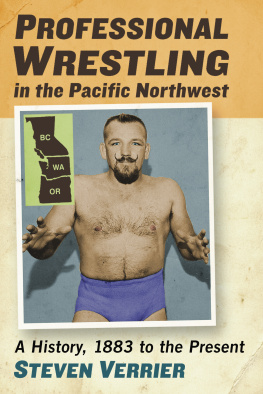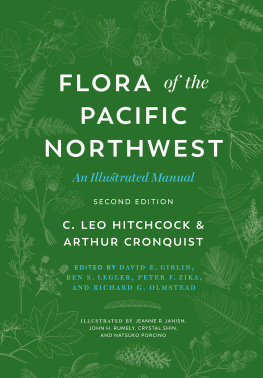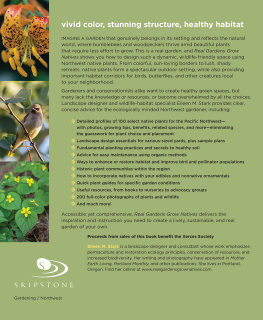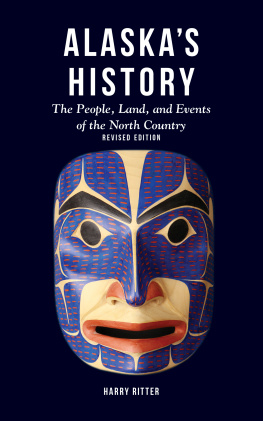
WASHINGTONS HISTORY

Work crew, Grand Coulee Dam, late 1930s.

WASHINGTONS HISTORY
The People, Land, and Events of the Far Northwest
REVISED EDITION
HARRY RITTER

Text 2018 by Harry Ritter
Copyright to archival photographs and illustrations as credited on
First Printing of Revised Edition 2018
All rights reserved. No part of this book may be reproduced or transmitted in any form or by any means, electronic or mechanical, including photocopying, recording, or by any information storage and retrieval system, without written permission of the publisher.
Library of Congress Cataloging-in-Publication Data
Names: Ritter, Harry, author.
Title: Washingtons history : the people, land, and events of the far Northwest / Harry Ritter.
Description: Revised edition. | Berkeley, CA : WestWinds Press, an imprint of Graphic Arts Books, [2018] | Includes index.
Identifiers: LCCN 2018028689 (print) | LCCN 2018030723 (ebook) | ISBN 9781513261782 (ebook) | ISBN 9781513261690 (pbk.) | ISBN 9781513261775 (hardcover)
Subjects: LCSH: Washington (State)--History. | Natural history--Washington (State)
Classification: LCC F891 (ebook) | LCC F891 .R58 2018 (print) | DDC 979.7--dc23
LC record available at https://lccn.loc.gov/2018028689
Cartographer: Gray Mouse Graphics
Index: Sheila Ryan
Proudly distributed by Ingram Publisher Services.
Printed in the U.S.A.
WestWinds Press
is an imprint of

GraphicArtsBooks.com
GRAPHIC ARTS BOOKS
Publishing Director: Jennifer Newens
Marketing Manager: Angela Zbornik
Editor: Olivia Ngai
Design & Production: Rachel Lopez Metzger
CONTENTS

Women hikers along Middle Fork Trail, Cascade Mountains, about 1910.
PROLOGUE:
THE NORTHWEST OF THE IMAGINATION
FROM BIG TREES TO BIG SKY:
THE EARLY DAYS OF WASHINGTON TERRITORY

The romance of flight, Grahams Airfield, Bellingham, 1928.
ACKNOWLEDGMENTS
I am grateful to many people for helping bring this book to publication. Ellen Wheat, formerly with Graphic Arts Center Publishing Company, first suggested that I write a short history of Washington state. Tricia Brown was my kind editorial liaison with Graphic Arts and made crucial suggestions for trimming the books first draft. Don Graydon read the entire text in its final stages and helped bring clarity and precision to the manuscript. Special help in finding pictures for the book was supplied by Tammy Belts of Wilson Librarys Special Collections Division at Western Washington University, Jeff Jewell of the Whatcom Museum of History and Art, Judy Quill of the Grand Coulee Dam photo archives, Mike Vouri of San Juan Island National Historical Park, Gary K. Miller of Energy Northwest, and Kirk Rudy of the Edward S. Curtis Gallery, McCloud, California. I also wish to thank Lisa Pirkkala of the Spokane House Interpretive Center, Joshua Binus of Fort Vancouver National Historic Site, my friends and neighbors Catherine and Bill Ouweneel, my colleague Marc Richards, and Marilyn Darke and Gary Busselman of the Columbia River Exhibition of History, Science, and Technology in Richland.
Lastly I wish to thank my wife Marian, my son Alan, and my sister Gloria for their support and encouragement.
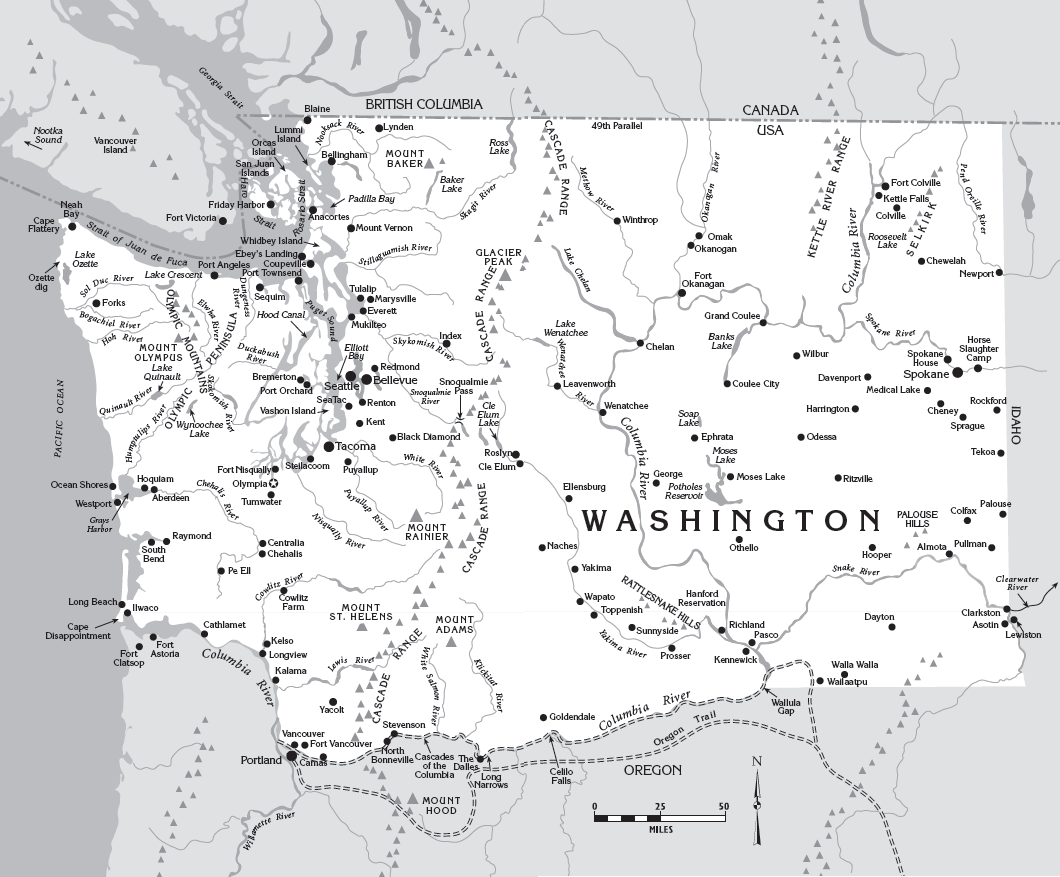
PREFACE TO THE SECOND EDITION
I wish to thank Jennifer Newens and the Ingram Content Group for inviting me to prepare a second edition of Washingtons History. Im delighted that the first editions success warrants a revision and updates. The books small, take-it-with-you format, retained here and originally suggested for its first edition by Ellen Wheat of Westwinds Press, presents the author with some special and rewarding challenges. Divided into short essays or chapters limited to two facing pages, it requires the author to reduce sweeping, multilayered topics to some meaningful aspect of the gist of things. Trying to find the right word and organizing conception is truly an exciting adventure.
It is no exaggeration to say that in the past fifteen years, since the first editions appearance, some dramatic changes have occurred in Washington State, and I have added three new chapters on Amazon, Starbucks, and Artificial Intelligence research to discuss these developments. Ive also added a new postscript. Where needed, I have made changes and updates throughout the textas, for instance, in the essays on the Kennewick Man archaeological find and the Hanford Reservation clean-up problem. As in the first edition, I want to thank my wife Marian for her encouragement and suggestions in preparing this second edition, and I also want to credit Bill Frier for a valuable tip about an information source and Geoff Middaugh for permission to use a quotation.
PROLOGUE: THE NORTHWEST OF THE IMAGINATION
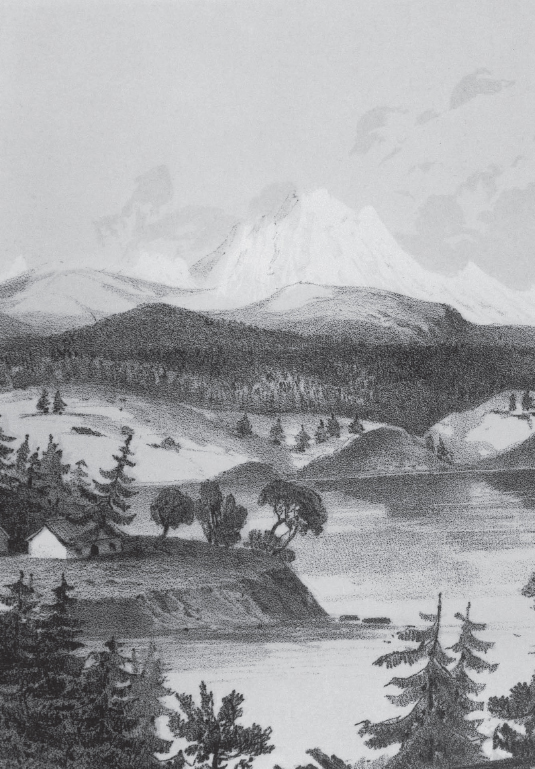
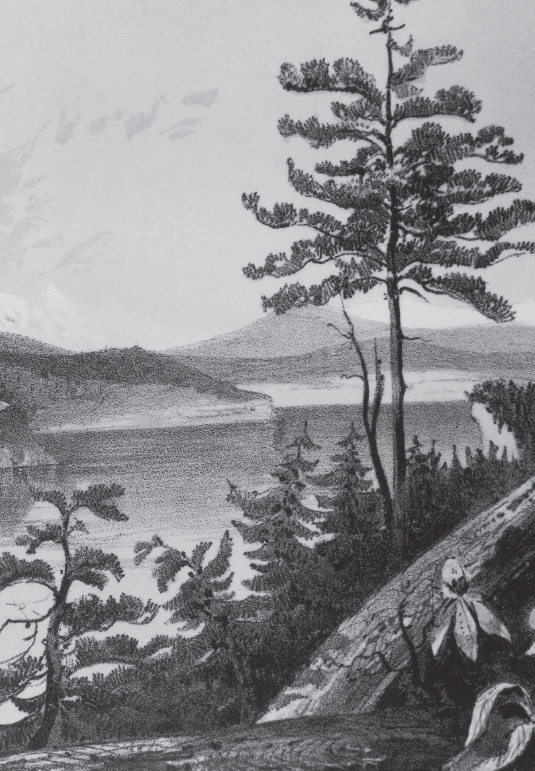
Mount Baker and Cascade Range from Whidbey Island by John Mix Stanley, 1853.
FUTURES PAST
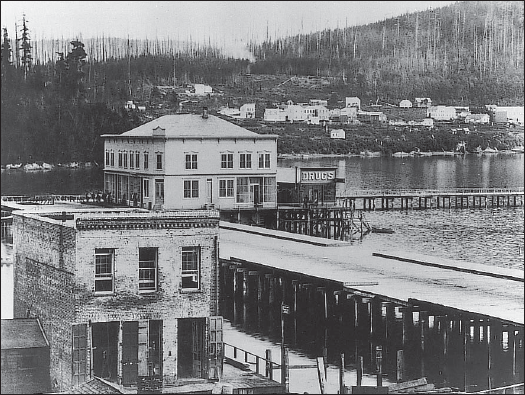
Near the mouth of Whatcom Creek, Bellingham Bay, about 1885.
The past is a foreign country, novelist L. P. Hartley once wrote. They do things differently there.
They not only do things differently, they think otherwise as well. Gazing south in 1868 from Whatcom Creek on Bellingham Bay, Victorian artist Edmund T. Coleman pondered the vista with painterly flair. When standing here at early morn, he mused, looking out upon the tranquil scene, in the distance the Olympian Mountains bathed in mist, and nearer the grand outline of Orcas Island looming up like some great fortification, imagination pictures the future When these silent shores shall be lined with wharves and resonant with the throng of busy multitudes.
Such fancies arouse mixed emotions today, when we sometimes fret over too many people and too much growth. They were common among early visitors to the soil that became Washington state in 1889. Newcomers imagined the Northwest as a fresh tablet, ready for new inscriptions. Theirs was an age of great expectations and new beginnings, but their minds were furnished with notions inspired by European and East Coast experiences. For Coleman, Whatcom Creek was like a Welsh mountain stream. A glacial valley he viewed from Mount Baker wanted only a chalet or two, a flock of goats descending the hill-side, with the sound of tinkling bells, to make me believe that I was in Switzerland. The Lummi and Nooksack Indians belief in forest spirits reminded him of German folktales. Its difficult to say how early Indians imagined their own landscape, or their first encounters with aliens like Coleman. Missionaries were already working to change things, but Indian minds in the mid-1800s were furnished differently from those of newcomersand even from those of todays Native Americans.
Next page



